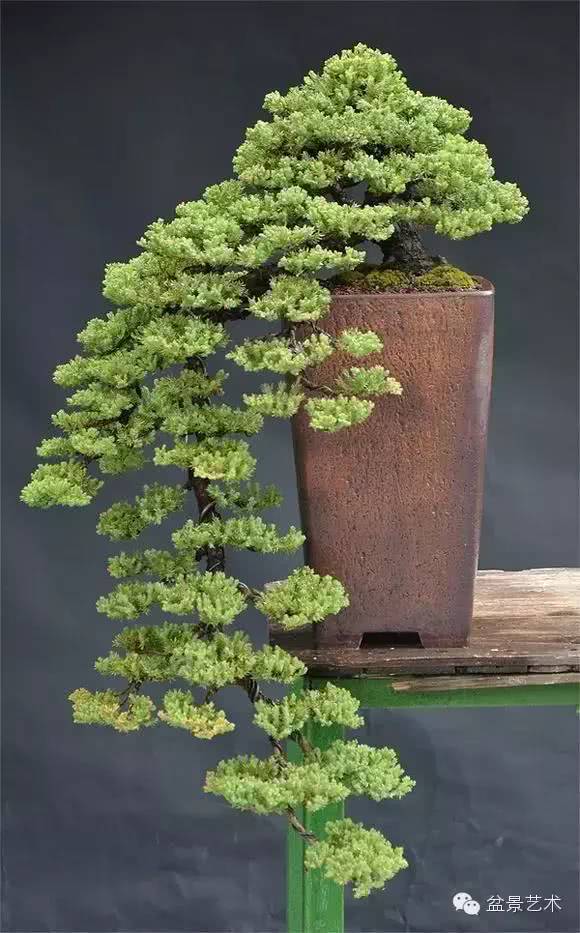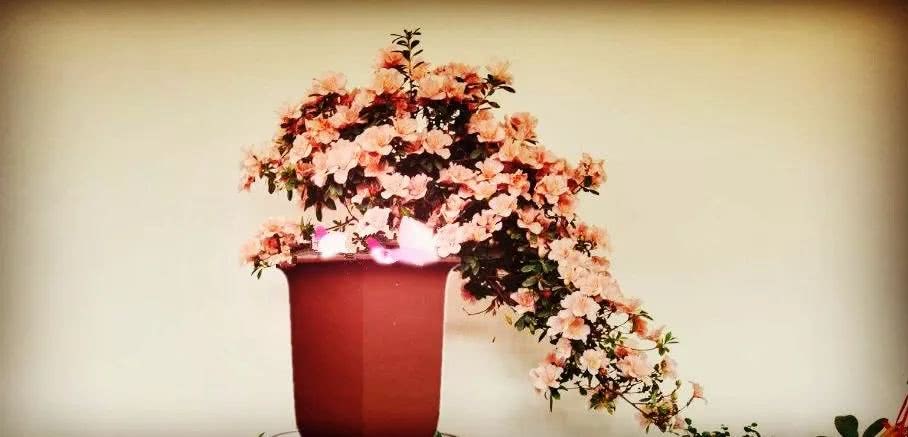How to make peach bonsai

Peach is a small deciduous tree of the genus Prunus in Rosaceae. Flowers solitary, pink, flowering from March to April, first leaves open. The fruit matured from June to September. Peach trees like light, drought tolerance, fertile and well-drained soil. Not resistant to water and moisture, such as blisters 3muri-5 days, light, fallen leaves, heavy, death. Alkaline soil and clayey soil are not suitable for peach tree growth. Peaches like high temperatures in summer, have a certain degree of cold tolerance, and are afraid of late frost. It is better to plant it in the sun. The production and cultivation methods of peach bonsai are as follows:
First, Miaoyuan
There are many varieties of peach. When potted, we should choose varieties with large fruit, good color, short tree body, good natural shape, late maturity and long ornamental period. The common ones are birthday peach, flat peach and snow peach. Peach bonsai seedlings are usually obtained by grafting. General rootstock uses mountain peach, hairy peach and hairy cherry and so on.
Second, modeling
The main results are as follows: (1) the sprouting ability of peach is very strong, and the annual seedlings are generally put into the pot and bloom in the same year. You can watch the results in the second year. With basin, you can choose plain pouring basin, purple sand basin or wooden basin and so on. The basin soil is suitable to use loose, breathable, slightly acidic or slightly alkaline soil with a PH value of 4.5 Murray 7.5.
(2) modelling
First, we should understand the physiological characteristics of peach. The flower bud differentiation period of potted peach in North China is about the first ten days of July. the flower bud is pure flower bud and grows in the leaf axile. compared with the leaf bud, the shape of the leaf bud is large. If it is a compound bud, that is, when more than two buds are growing side by side, there are leaf buds in the middle and flower buds on both sides. These leaf buds germinate in the same year, which are called secondary or tertiary branches. In general, the flower bud quality of the primary branch is good, followed by the secondary branch and the tertiary branch. We must have a good grasp of these characteristics in order to protect flowers and fruits.
Second, shaping and pruning. Plastic pruning, including winter pruning, summer pruning, flower and fruit thinning, etc. The main purpose of winter pruning is to maintain the tree shape, to prevent over-scattered, over-land development, and to determine the fruit branch, the amount of pruning is often more than half. The commonly used techniques are shrinking, sparse and intercepting. The purpose of summer pruning is to prevent overgrowth and promote flower bud differentiation. The common methods are de-sprouting (erasing one of the competing shoots, latent buds and one of the two buds germinating on a node), coring (suitable for prosperous branches, it can be carried out many times according to its growth), branch twisting (suitable for strong upright branches), ring cutting and root pruning. Flower thinning and fruit thinning is mainly for over-dense flowers and fruits. The amount of flowers of potted peaches is very large, if there is no thinning of flowers and fruits, it will cause excessive consumption of nutrients, weaken the tree potential, cause falling flowers and fruits, and even have flowers and fruits.
III. Maintenance and management
(1) venue
Peach trees are light-loving trees. When the light is insufficient, it is easy to cause the branches and leaves to grow, the quality of flower buds is poor, and the falling flowers and fruits are heavy. Therefore, the peach bonsai should be placed in a place with plenty of light. It is best to cushion the basin slightly to avoid stagnant water in the basin, resulting in rotten roots.
(2) watering
Peach trees need a large amount of water in the growing season, so it is necessary to fully supply water without stagnant water in the basin. In the middle and last ten days of July, potted peach should be treated with drought to promote flower bud differentiation. The method is to control watering until the branches wilt and then water again, repeatedly for 15 days.
(3) fertilization
The amount of fertilizer application should depend on the growth status of potted peach. The amount of nitrogen fertilizer should be controlled for the potted peaches with no or little fruit, while for the trees with weak growth, the amount of nitrogen fertilizer should be added. The fertilizer and water should be applied twice before flowering, and the amount of potassium fertilizer and phosphate fertilizer should be increased in the fruit stage.
(4) protecting flowers and fruits
In order to reduce the flower and fruit drop of potted peach, attention should be paid to pollination and fruit thinning. Borax can be sprayed at flowering stage. Spraying naphthalene acetic acid (NAA) at fruiting stage increased the fruit setting rate.
(5) Disease and pest control
Mainly pay attention to the control of peach perforation, aphids, peach solid insects and pear heart borer and so on.
Deep reading
- Prev

Manage cypress bonsai
Cypress mainly refers to Platycladus orientalis, also known as Platycladus orientalis, Platycladus orientalis, belonging to the Cypress family, is an evergreen tree, cypress species have thousand-head cypress: secondary shrub-like, no obvious trunk. Platycladus orientalis: a short compact shrub with golden leaves all the year round. Sprinkle gold.
- Next

The quintessence of peony bonsai
Bonsai is a unique and beautiful garden art treasure in China, which has a history of 1500 years. It is an ingenious combination of potted technology and plastic arts, an organic unity of scenery, pots and frames, and pictures, calligraphy, sculpture and sound.
Related
- Wuhan Hospital Iron Tree Blooming Result Was Instantly Frightened by the Gardener Master
- Which variety of camellia is the most fragrant and best? Which one do you like best?
- What is the small blue coat, the breeding methods and matters needing attention of the succulent plant
- Dormancy time and maintenance management of succulent plants during dormancy
- Minas succulent how to raise, Minas succulent plant pictures
- What are the varieties of winter succulent plants
- How to raise succulent plants in twelve rolls? let's take a look at some experience of breeding twelve rolls.
- Attention should be paid to water control for succulent plants during dormant period (winter and summer)
- Watering experience of twelve rolls of succulent plants
- Techniques for fertilizing succulent plants. An article will let you know how to fertilize succulent plants.

